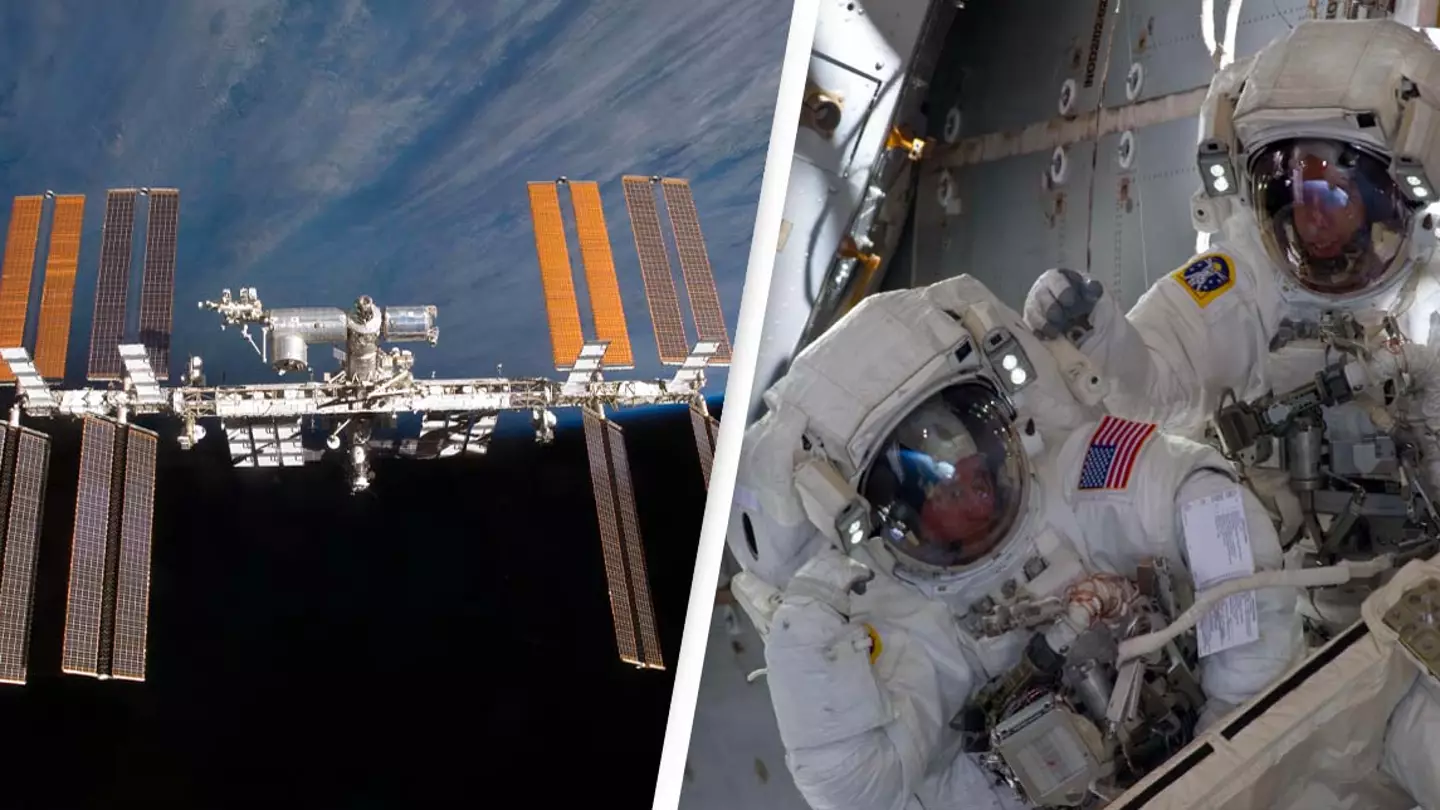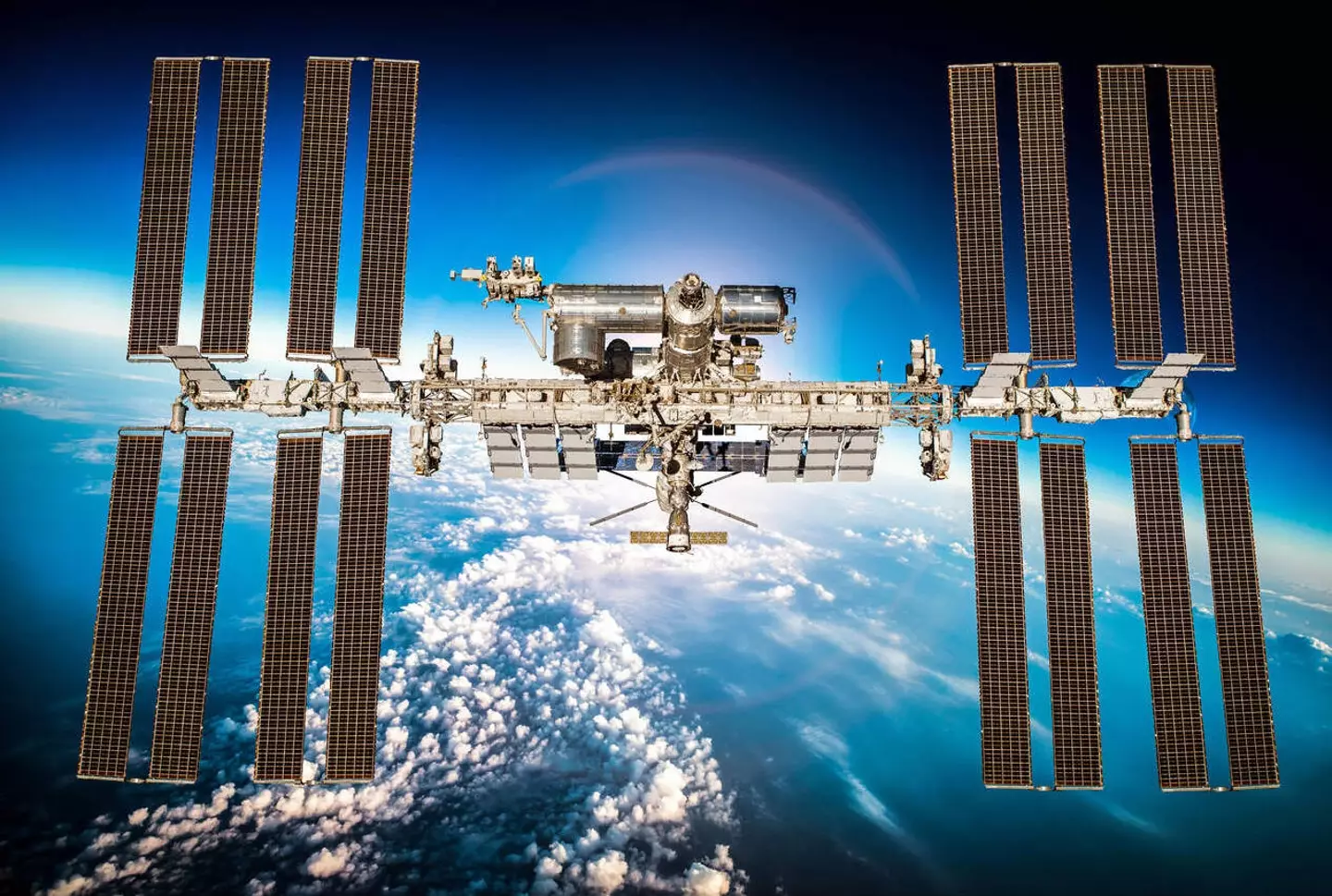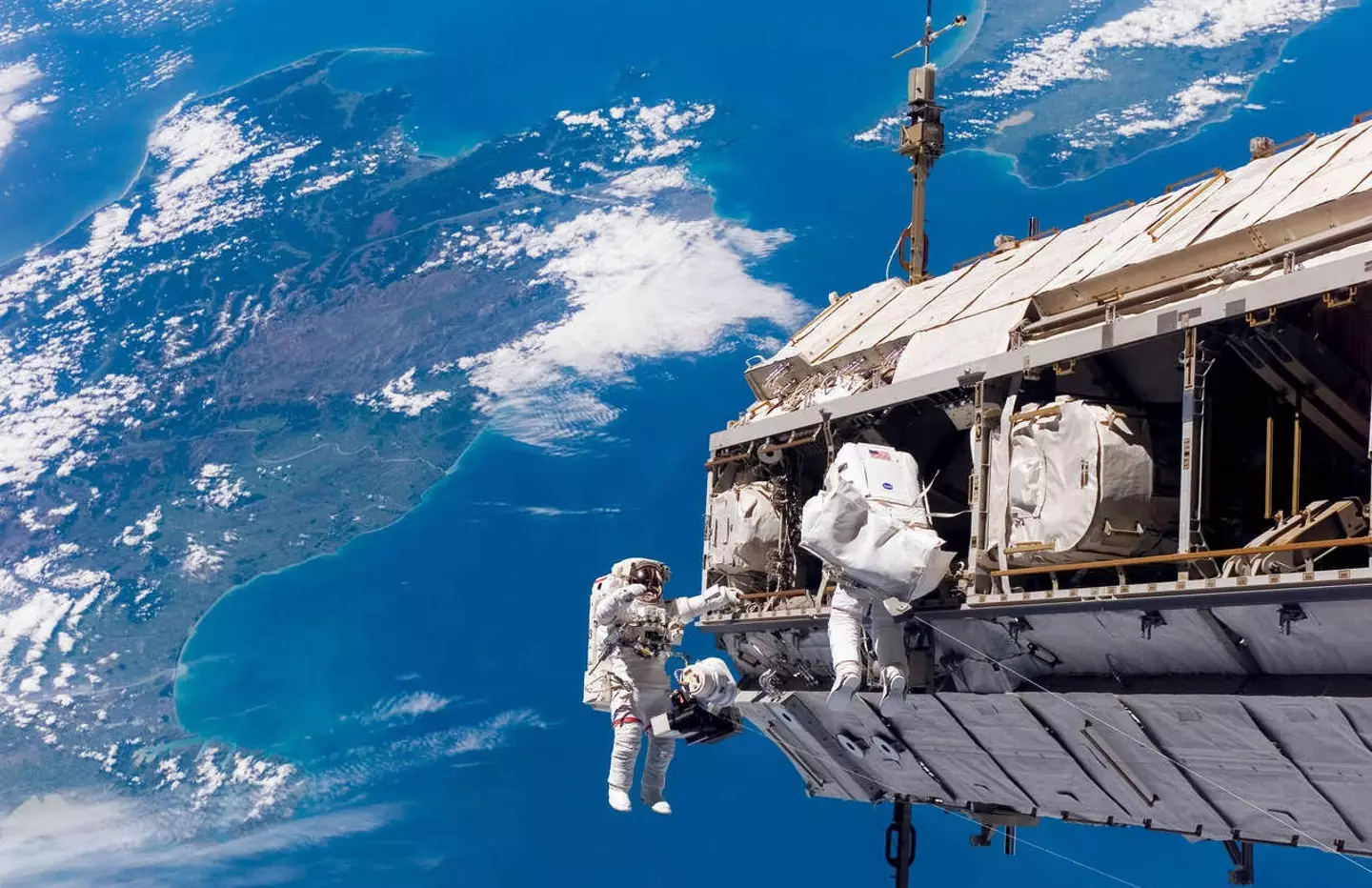
NASA has outlined its plans to destroy the International Space Station.
In a new statement, NASA explained how it hoped to keep the 'unique' space station active until 2030.
Following this, the long-running structure will be destroyed and plunged into the Pacific Ocean at the remote Point Nemo.

The statement explains how 'The Biden-Harris Administration’s commitment to extend space station operations until 2030', allowing the US to continue observations, research and technology development from on board the structure.
Advert
However, following this 'the agency is taking steps to ensure a successful transition of operations to commercial services', which basically means that they're getting ready to destroy the space station.
NASA plans to then shift its focus to 'develop both the supply and demand side of the low-Earth orbit commercial economy'.
Plans for the destruction of the structure were outlined in the the International Space Station Transition Plan sent to Congress.

The plan explains how the space-station will de-orbit, with mission control using power thrusters to lower the structure towards the earth.
Advert
The station will then be moved towards Point Nemo, which is a popular place for the debris of space structures.
While the plan will allow NASA to focus on other exiting projects, the space-station will remain an iconic structure.
Robyn Gatens, the director of the International Space Station at NASA, explained the importance of it, 'The International Space Station is entering its third and most productive decade as a groundbreaking scientific platform in microgravity'.
Gatens spoke with optimism about the next few years, saying, 'This third decade is one of results, building on our successful global partnership to verify exploration and human research technologies to support deep space exploration, continue to return medical and environmental benefits to humanity, and lay the groundwork for a commercial future in low-Earth orbit'.

The director then noted that 'We look forward to maximizing these returns from the space station through 2030 while planning for transition to commercial space destinations that will follow'.
Advert
Phil McAlister, director of commercial space at NASA, also looked towards the future and spoke of the commercial projects NASA has in store.
He said, 'the private sector is technically and financially capable of developing and operating commercial low-Earth orbit destinations, with NASA’s assistance. We look forward to sharing our lessons learned and operations experience with the private sector to help them develop safe, reliable, and cost-effective destinations in space'.
While NASA has exciting adventures on the horizon, this is a bittersweet moment for many.
The International Space Station was an incredible co-operative effort, with countries including Canada, Russia, the US and Japan all involved.
Advert
If you have a story you want to tell, send it to UNILAD via [email protected]
Topics: NASA, International Space Station, Space, Technology, World News
